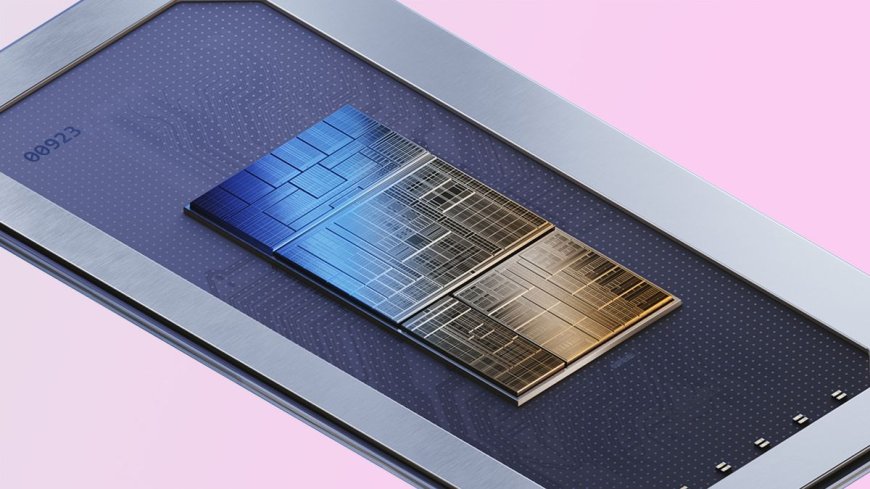Intel's Meteor Lake and AMD's Handheld Processor Competition
The article starts by discussing the leaked 3DMark scores for Intel's upcoming Meteor Lake architecture, specifically the Core 7 Ultra 155H. These leaks suggest that the new Intel processor might rival AMD's Ryzen Z1 Extreme, commonly used in handheld gaming devices. The comparison is significant, considering both processors have the same power limit, hinting at Intel's potential challenge to AMD's dominance in the pocket PC market in 2024.

Meteor Lake's Architecture and Benchmarks
Details of Intel's Meteor Lake CPU
The Core 7 Ultra 155H, based on Intel's forthcoming Meteor Lake architecture, features a unique multi-tile design for graphics, compute, IO, and general operations. The CPU is detailed to house six P-cores and eight E-cores, totaling 22 threads, with additional E-cores in another tile. The GPU tile, presumed to contain eight Xe cores (equivalent to 1,024 shaders), represents Intel's continued development in integrated graphics.
Also check Addlink S91 2TB SSD
Benchmarking Results and Comparison
In a 3DMark Time Spy test, the Intel chip scored 3,339 overall, with a graphics score of 3,077 and a CPU score of 6,465. To provide context, the same benchmark was run on the Asus ROG Ally with AMD's Ryzen Z1 Extreme, yielding an overall score of 3,150, a graphics score of 2,834, and a CPU score of 8,574. These results suggest that while AMD's processor has a better CPU performance, Intel's Meteor Lake shows a competitive edge in graphics.
Analysis of Time Spy and Cinebench R23 Results
Interpreting the Performance Differences
The disparity in CPU and GPU scores between Intel's and AMD's processors is analyzed, considering the architecture differences like the Zen 4 cores in AMD's processor and the potential utilization of Meteor Lake's P-cores and E-cores. The article suggests that further analysis is needed to understand clock speeds and performance nuances during the tests.
Performance in Gaming and Synthetic Benchmarks
Intel's Arc GPUs, forming part of the Meteor Lake architecture, have shown variable gaming performance, particularly in older DirectX games. However, they perform well in shader-heavy scenarios like Time Spy. The article notes that while initial synthetic benchmarks for Alchemist GPUs differed from actual game performance, recent driver updates have narrowed this gap.
Potential for Meteor Lake in
Suitability for Handheld Gaming
The Core 7 Ultra 155H's performance, particularly in graphics, makes it a promising candidate for handheld gaming PCs. The emphasis on graphics power over raw CPU performance in such devices could position Intel's processor as an ideal choice for this market segment.
Market Competition and Consumer Benefit
The entry of Intel's Meteor Lake into the handheld gaming PC market could intensify competition, potentially benefiting consumers with more choices and possibly better prices. If Intel can offer its processors at competitive rates comparable to AMD's APUs, the market might see new handheld devices featuring Intel's technology in 2024.
Conclusion: Anticipation for New Handheld Devices
The Future of Handheld Gaming PCs
The article concludes with excitement for the potential new handheld gaming PCs that could emerge in 2024, featuring Intel's Meteor Lake processors. The author expresses enthusiasm for the evolving handheld PC segment and anticipates the arrival of new devices that harness the capabilities of Intel's latest technology.


































